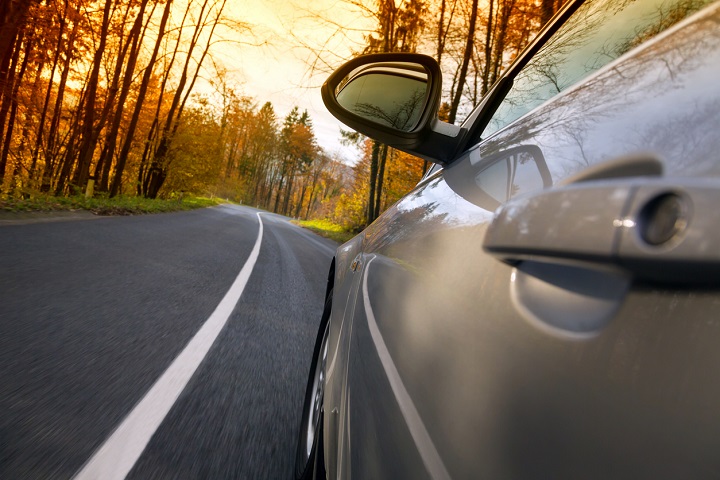
While fall is a time when most inclement weather takes the backseat, fall is by no means a time when there are no hazards for drivers. Many different dangers occur to drivers in the fall, AARP has nine for you to keep in mind this season.
Family
Fall is when traveling to go and see family ramps up. Back-to-school traffic might be a breeze for you, but some young drivers are just starting out on their commute to school. Stay aware in school zones for students who are walking, and new drivers and halt when buses stop and have their flashing red lights going.
Nature
Daylight savings causes about 25% of our driving to be at night. As we get older, seeing at night becomes harder because distinguishing signs and judging speed and distance is not as easy. Plus, even for younger drivers, 50% of accidents occur at night. Glare is also a problem during the fall. The sun moves closer to the horizon during fall and causes reflections off of buildings and windows. Keep your sunglasses handy to help reduce glare and keep your windshield clean so dirt streaks do not add to glare too.
During Autumn, the chance of hitting an animal is increased. AARP cites the Insurance Institute for Highway Safety, saying that you are 3.5 times more likely to hit a deer in November than any other time of the year since they mate during that month. Leaves also cause some accidents during the fall. Sometimes motorists have to park further from curbs due to piles, make sure to be extra aware of the distance, and stop sooner during the fall to ensure that you do not rear-end someone.
Fall also runs the risk of damp roads. Rain can pool together dust and oil that will cause the pavement to be slick before true rainfall occurs. Be aware of this possibility and drive a bit slower to ensure safety this season. Some places have fog and frost during fall as well as winter. When you are experiencing a foggy morning or night, use your fog beams along with your low beams. Do not use your high beams, that will cause less visual while driving. For frost, make sure to drive slower and more carefully and pay attention to “bridge may freeze” signs.
Tires
Tire pressure drops in the fall with the temperature. Tire pressure is vital to keep your car running smoothly and safely. AARP recommends getting a handheld tire gauge to check your tire pressure and to check your owner’s manual for the right tire pressure you need.
You might also like: 6 Actions To Take Before Firing Up That Fireplace This Fall
Inexperience
If you have never experienced these conditions, you could be a hazard when traveling to someplace that does. No matter how seasoned a driver you are, consider these tips.
Disclaimer: The stock image is being used for illustrative purposes only, and it is not a direct representation of the business, recipe, or activity listed. Any person depicted in the stock image is a model.
